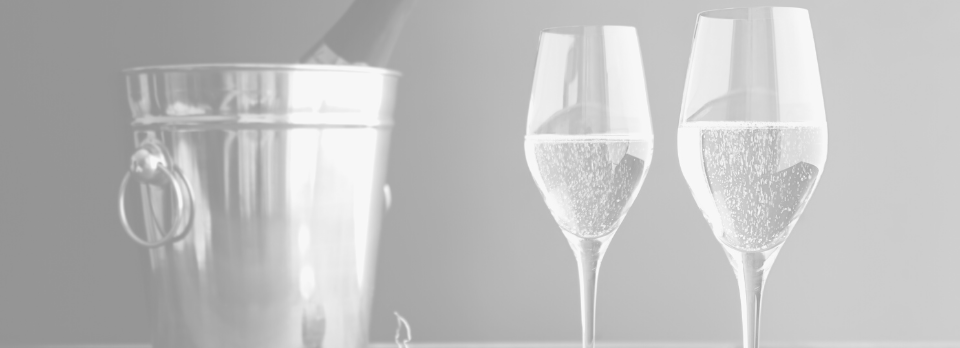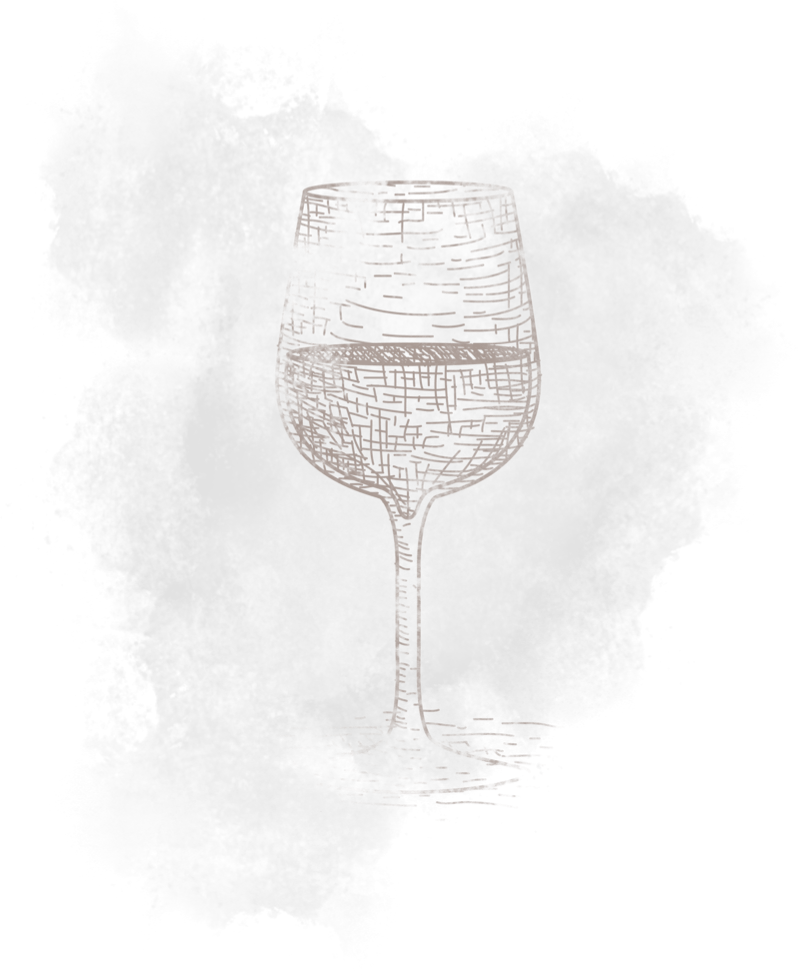
Created in Reims in 1981, Maison Bruno Paillard was born from the desire of its founder to create a very pure champagne, extracted from the inimitable chalky typicity of Champagne region. Bruno Paillard, aesthete and entrepreneur, has shaped a singular taste with patience and requirement, in order to bring to amateurs the promise of a flawless quality. Today, his daughter, Alice, cultivates the spirit of rigor that is so characteristic of the Maison, whose wines are only distributed in wine shops and on fine tables.
In the respect of the living
At the roots of the Champagne region, the fruit of Bruno Paillard’s know-how is spread over more than 30 hectares
of vines, 17 of which are Grand Cru and Premier Cru. It completes and diversifies its supplies by purchasing grapes from faithful winegrowers who have been attached to the family spirit for over 30 years.
Sustainable cultivation philosophy
Bruno Paillard has always had a deep respect for nature and the different soil profiles. The viticulture is certified High Environmental Value level 3: no weed-killers, partial grassing of the soil and certified organic amendments. The care of the earth is brought in each daily act of the vineyard team thus supporting biodiversity and a deep root development.
Art & Bruno Paillard
An outstanding venture
« Had I not set up a Champagne house, there’s one thing I am sure of; I would never have made it as a great painter because I’m just not sure I’m talented in that way. I would, however, have liked to own a gallery. I chose another path and today I’m a contented amateur who, every now and then, catches a glimpse of something that moves me profoundly.”
Bruno Paillard has a passion for Art driven by his own very personal approach. For example, the current vogue for art which is full of aggression or art created to bear witness leaves him unmoved. “If art is merely used to provoke – there being many other ways of questioning oneself every day – then this form doesn’t interest me.
For me, art has a two-way approach, aesthetic – even if this angle is frowned on – and emotional”, he summarizes clearly. Delving into his own cultural background, he initially searches for something beautiful in a work of art, albeit against the flow of current opinion-setters. With a knowingsmile, he adds “I know it’s not today’s accepted meaning of the term. However, it’s my way of living alongside, and with art. This is because I really quite enjoy letting it take hold of me.”
Bruno Paillard is convinced of one thing; art carries great happiness. There’s one condition, however; one must allow oneself to be taken in, just a little, free of preconceptions.
Art and Champagne, an obvious alliance
“Above all, Champagne is a blended wine. The producer will marry grape varieties as well as wine from a specific harvest and/or year; there are a multitude of possible combinations. Producing an “assemblage” is, in the approach itself, artistic. It’s all about creating. The winemaker can also decide to act otherwise and make wines from mono grape varieties, either ‘blancs de blancs’ or ‘blancs de noirs’. However, such endeavours are few and far between. Finally, vintage Champagnes are Champagnes from a single year’s harvest and can be made with a single grape variety or a blend of grapes harvested from various “crus” and vines. All in all, if we consider blending as the thesis behind Champagne, then any exceptions forcibly make up the antithesis. Our focus here lies with the third of these Champagne exceptions, the “Millesime” (single vintage). The specific nature of our climate makes it differ from one year to the next. The winemaker can choose to flatten out the differences between vintages. Or, by contrast, he can prefer to highlight them. For my part, I have chosen the second path, bringing out the true characteristics of one given year. To summarize, it’s a question of rules and exceptions.” And therein lies the art.
The strength of his passion allowed him to turn his dream into reality when he set up his Champagne house from scratch at the end of the twentieth century, in 1981.
“By nature, it’s a resolutely contemporary Maison. Of course, I’m not the person who invented the blending technique. But then, what is blending? Nothing more than the painter’s palette on which one mixes and works the colours to obtain a shade that corresponds precisely to the one we want.
So there is a phase in our work that is art. For me, composing ‘cuvées’ or wines, i.e. the assemblage, is art itself! The test tube is, in many ways, the artist’s canvas and the artist is the blending expert. I have created my ‘cuvees’ to my taste down to the last detail. My role is not just that of a performer, but more precisely of a composer-performer! First I composed the synphony, and now I am the orchestra conductor.”
So, for them, Champagne is art on a daily basis. Painter-artists also work day to day. “Why not bridge the gap between the two?” This is precisely what Bruno Paillard wanted to do: add personality to his vintages and express their nature on the bottle labels, stepping beyond the rather arid information that must be included by law, with a graphically designed message. The message must be understood by experts but also assimilated subconsciously by all others who choose to look. Once the vintage is finally ready for drinking, the theme is selected. Bruno Paillard considers which artists could express the theme through graphic images. He can have been touched by a piece of work or an artist, often by both in succession.
The results are seen in this unique galleryhouse, with its many varied works of art, their diversity being their source of wealth. Each painting has its own story and expresses a precise message. Not one resembles another even if they all speak about a “cuvee” from Champagne. This is because these paintings are in perfect accord with the vintages, different themselves, unique by definition.

